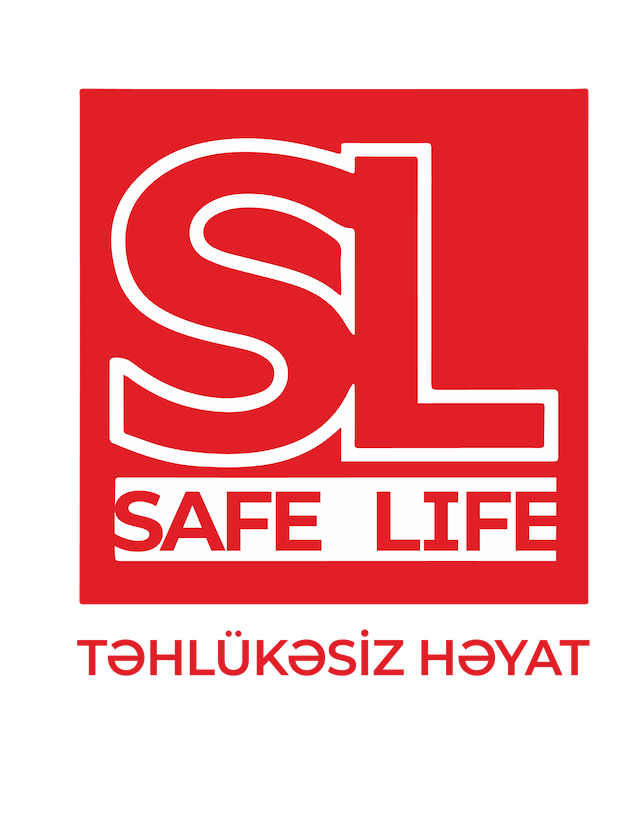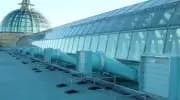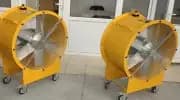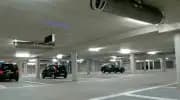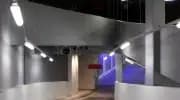Ventilation and smoke extraction
In accordance with SNiP (building regulations and norms), the set of measures taken to ensure the necessary air conditions and circulation in rooms and workplaces is called ventilation or ventilation. Types of ventilation systems are divided into classes according to the following characteristics, depending on the purpose of the rooms, the technological processes of work and the release of harmful substances into the air:
According to the methods of creating pressure to ensure air movement: natural and mechanical ventilation.
According to its purpose: flow and exhaust ventilation.
According to field services: local and general exchange ventilation.
Natural ventilation:
Air movement during natural ventilation is carried out according to the following:
Ventilation caused by the difference in air temperature outside and inside (rooms), that is, the process called aeration.
Ventilation caused by the pressure difference between the lower (rooms) and upper surfaces (through the deflector device installed on the roof of the building) of the atmospheric column.
Ventilation caused by the effect of pressure from the wind.
Mechanical ventilation:
This type of ventilation is a forced ventilation system with the use of fans and ventilation machines. Mechanical ventilation systems use equipment and devices that move air over long distances, including fans, electric motors, air heaters, dust blowers, automation, etc. and they can consume large amounts of electricity. They can provide air supply and removal from the specified space in the required amount and regardless of the changing environment.
Smoke extraction:
Fires and the spread of smoke in buildings often result in the death of people and the loss of much of their property. In this regard, precisely because smoke is harmful to human health, in the design of buildings and structures, the goal of engineers should be to conduct a careful analysis of ventilation lines and systems and to design the removal of flammable substances to ensure the safety of human health and property.
Protection against smoke:
One of the main objectives of smoke protection systems is to localize smoke and toxic gases, clear escape routes, and ensure the safe evacuation of people from the building/s where the fire has started. In addition, equipping any building with smoke exhaust systems greatly helps the fire fighting teams in organizing the extinguishing and spreading of the fire and in removing the burning substances.
